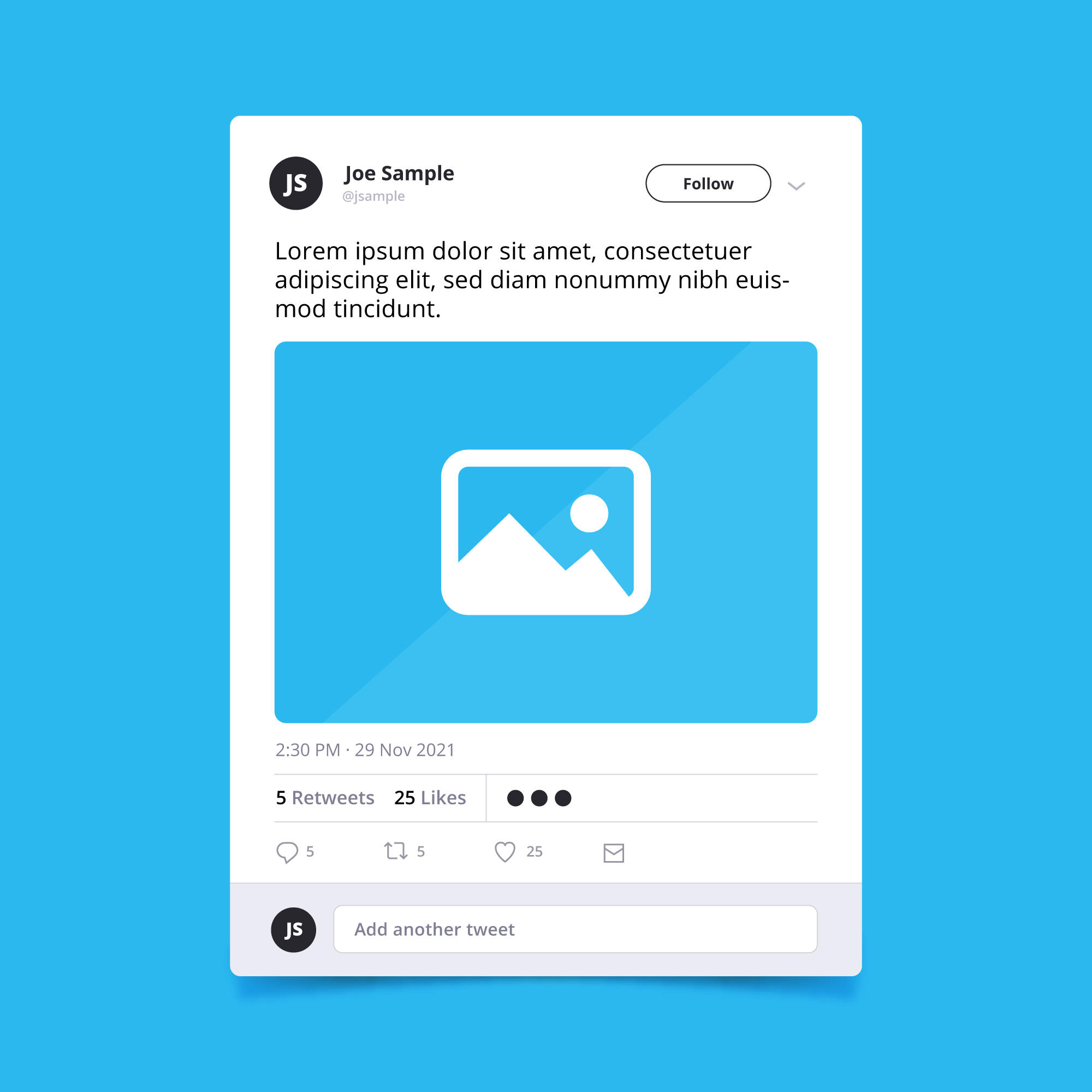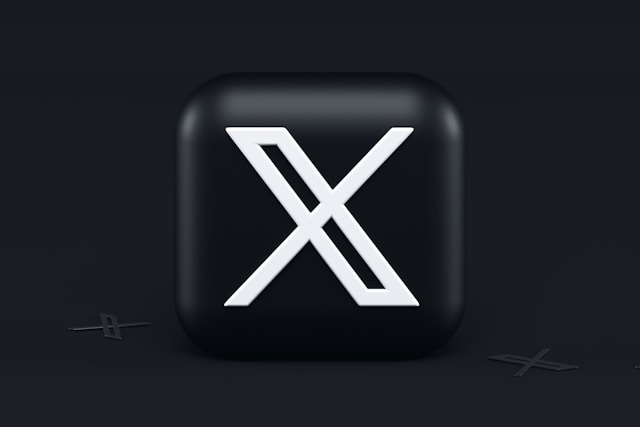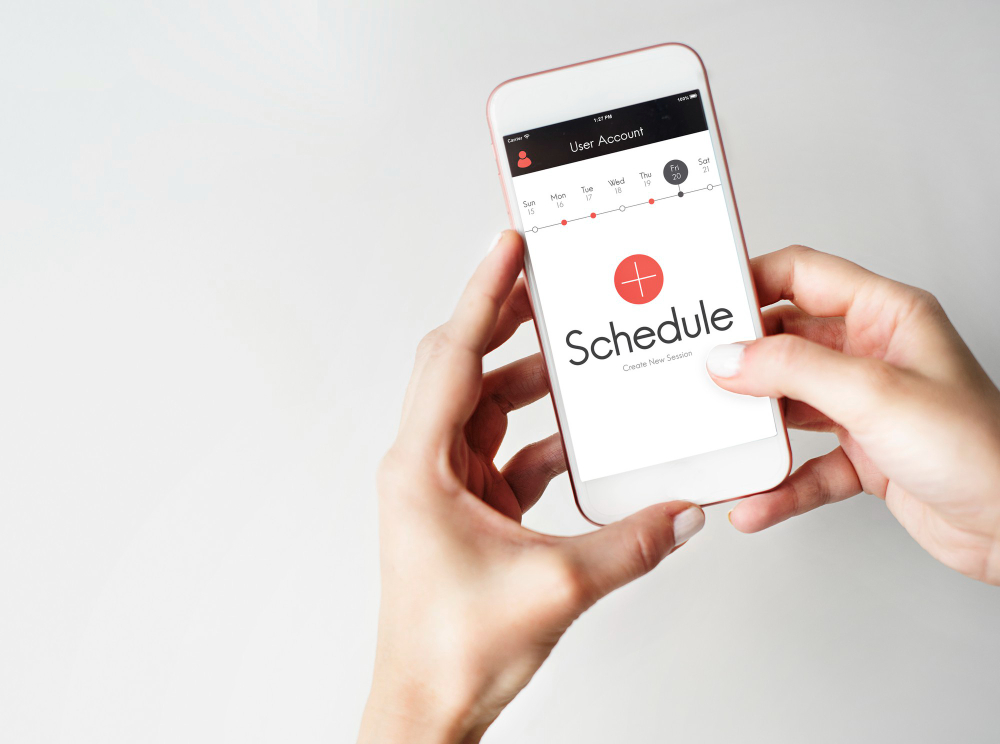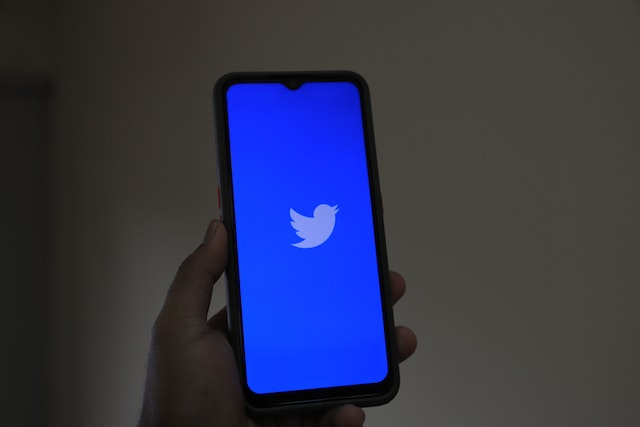Twitter, now X, is an amazing platform to share ideas and create meaningful relationships. Many may not know it, but you can share different types of Twitter posts. Each type has its way of connecting with your audience and attracting the right attention. If you are an active user, you must have noticed the variance.
Over the years, brands have used different types of tweets to grow on the platform. Hence, you can incorporate the different types into your social media growth strategy. This article highlights the different types of X posts that benefit you.

Understanding the Relevance of Posts on Twitter
Posts are people’s way of expressing their thoughts and ideas on social media platforms. Like many other social platforms, Twitter, now X, allows users to include media and links in posts. Initially called tweets, X posts are a way for users to let everyone know who they are.
Although your Twitter profile helps describe you, posts allow others to interact with you. In the long run, posts convince people to become your Twitter followers. Due to this situation, you must consider the kind of audience you want to attract. Similarly, consider your target audience’s interests.
Every content creator has an audience that shows genuine interest in their posts. So, you must create original content relevant to your brand. Notwithstanding, you can copy other people’s posts on social platforms. But, you must copy only posts that work for your audience.
Therefore, knowing the types of posts on X to help you retain your audience and engagement rate is essential.

7 Types of Twitter Posts To Boost Your Engagement and Audience
Every feature on Twitter, aka X, works to allow you to have an enjoyable social media experience. In addition, the social platform is an amazing place for businesses and brands to attract potential customers. Regardless of your purpose for using the platform, you must know eight types of posts that resonate with your audience.
1. Regular Posts
This is the standard type of X post everyone publishes on their timeline. It can contain photos, text, a GIF, or video. This post will appear on the owner’s profile page and timeline. Followers can also see and react to these posts. The platform allows users to tweet based on a default character count.
2. Threads
Twitter, aka X threads, is a series of closely related posts strung and published together. Threads allow users to provide valuable information that exceeds the standard character count. X assigns only 280 characters per tweet to regular users and up to 25,000 to verified users.
Publishing wordy content is challenging without Twitter verification. Fortunately, threads make things easier by continuing your tweet in other posts that follow each other sequentially. Regardless of your intent, your audience will view the thread to the end.
3. Polls
X polls are a way to allow your audience to vote on possible answers to a question or topic. Polls are one of the easiest ways to make people engage in your post. Your audience can also provide interesting answers and ideas for the topic. You can use this opportunity to research and gain insight into your audience.

4. Mentions
Mentions are posts containing another X account’s username. The @ symbol usually precedes the mentioned username. For example, Good morning @tweeteraser. The mentioned account will see your post in their timeline if they follow you.
Anyone following them can see the content of the post on their timeline. Apart from this, it won’t appear on the mentioned user’s Twitter profile. Mentions are perfect for calling someone’s attention to a post. It is similar to tagging them in a post that concerns them. In addition, you can mention the person at the beginning or end of the post.
5. Replies
Replies are posts that are responses to another person’s X post. Whenever a user publishes a post, their audience can add comments that appear under the post. It is a perfect way to build interaction among your audience because they can respond to each other’s comments.
6. Repost
Repost, formally called retweet, is a term used to describe sharing a previously published post with your audience. The report button helps you quickly share previous posts without copying them. You can repost yours or someone else’s posts. Reposting is effective for curating content from other people’s timelines.
This way, your audience can see the original post owner and view comments on their timeline. Thus, it keeps your audience engaged without you needing to create original content.
7. Quote Repost
Quote repost is also referred to as a repost with a comment. Unlike the regular tweet repost, a quote lets you include your idea in the post. This post is useful for tagging a previous post in a new one without copying any text. It helps to stick with the character count and refer your audience to the original post.
When someone replies to a quote repost, the original author will not be a part of the conversation. You must mention the author’s username to include them in the post.
Posts are perfect for interacting with your audience, but there are different content to share. The type of X post you choose depends on the content you want to share. But first, you must know the contents that can work for the platform.

Types of Content on Twitter
Now that you know the different types of posts on Twitter, Twitter posts can have different content. Depending on your target audience and niche, you must create content that resonates with your brand. Without further delays, let’s explore the different types of content on Twitter, aka X.
1. Visual Content
Visual content effectively attracts your audience and engages them on Twitter, aka X. You can use high-quality images, videos, and infographics to convey and promote your brand. People tend to remember what they see better than what they read. Visual content can create a seamless connection with your audience.
For maximum impact, you can create infographics from stories, case studies, presentations, blog posts, and your data. You can also post images and videos relating to certain topics. However, you must keep the video informative, simple, and short. Add some text to visual content to describe your post.
2. Links
Twitter posts can have links leading the audience to a website or post. It is an amazing way for users to learn about a particular topic or take further action. You must create a clear and understandable call to action when posting links. You must also keep the included text short, informative, and engaging.
3. Hashtags
Hashtags are essential for helping your content to reach a wider audience and attract more Twitter followers. Using the relevant Twitter trending hashtags can promote your post across the social platform. You can also create a hashtag for your brand to make your content unique.

4. Multi-Image Content
Twitter, aka X, allows users to add up to four images in one post. You can create images containing a ton of information and publish them together as one post. This type of content is perfect for advertising your business for Twitter marketing. You can use it to post before and after images or even tell a story about your business.
5. GIFs
GIFs are a perfect way to pass across information in a short, moving image. Your audience can get what you are talking about and react accordingly.
6. Memes
Memes are almost similar to GIFs, but they are not moving images. Memes involve creating an image and adding some witty lines. You can be funny or serious with this type of X content. Meme images can be from movies, video clips, or your photos.

Can You Schedule Twitter Posts?
Yes, you can schedule Twitter posts for publishing at a later date. You can schedule different types of posts on Twitter; Twitter posts will help your followers stay connected. Scheduling posts in advance, especially in bulk, can save time and effort.
You can schedule a week of posts to keep your account running while focusing on other activities. You might even schedule out farther, depending on the conditions. Twitter, aka X, has a default button allowing users to schedule posts.
Alternatively, you can use a Twitter scheduling tool or social media manager like Sprout Social and Social Pilot. Like most Twitter features, it is easy to schedule posts with the native option.
Here is how to do it in four steps:
- Log into your account and compose a post as you normally would.
- Next, click the Calendar icon at the bottom of the composition box. It is the one beside the smiley emoji.
- Select a Date and Time from the pop-up calendar, then click Confirm in the top-right corner.
- Click Schedule to finalize the action.
The system will schedule your post for publishing on the chosen date and time. Like scheduling post publishing, you can schedule post deletion with the right tool. Both options automate your post activities and help save time on your account.
Fortunately, TweetEraser has an effective web-based tool that deletes different types of Twitter posts in bulk on a schedule. This tool effortlessly loads, filters, and deletes posts from your account’s archive. You can also remove posts you have published by date and time. Start filtering and cleaning your Twitter timeline today!





